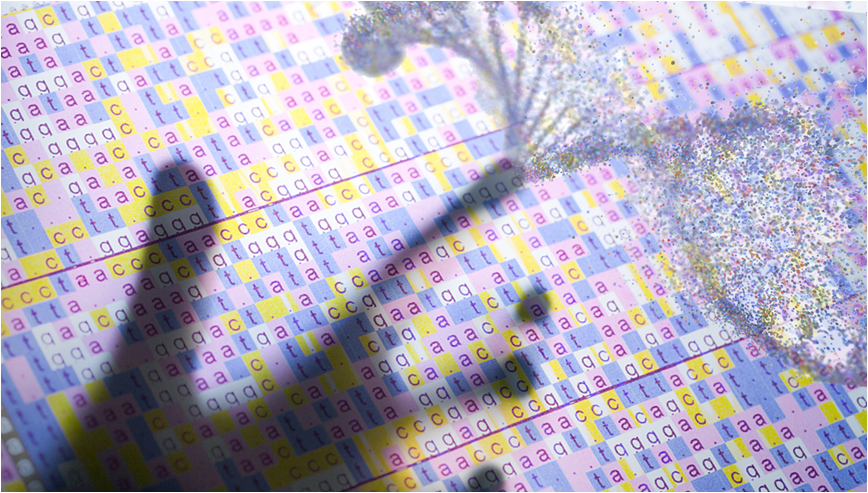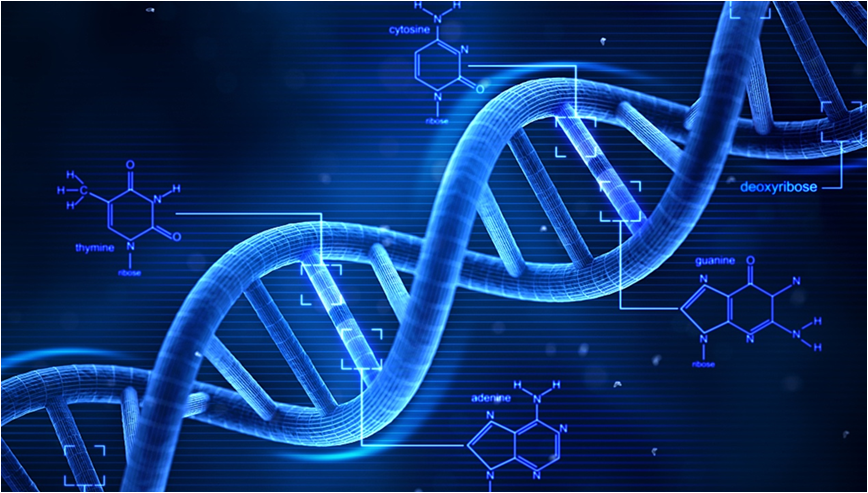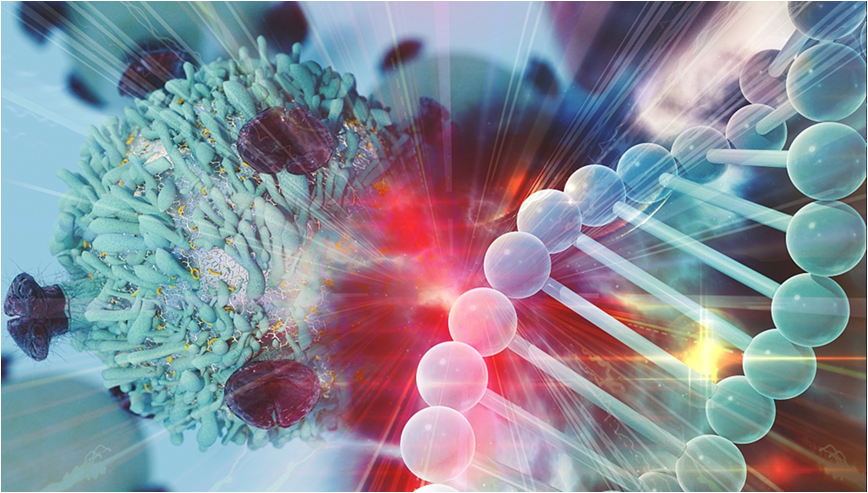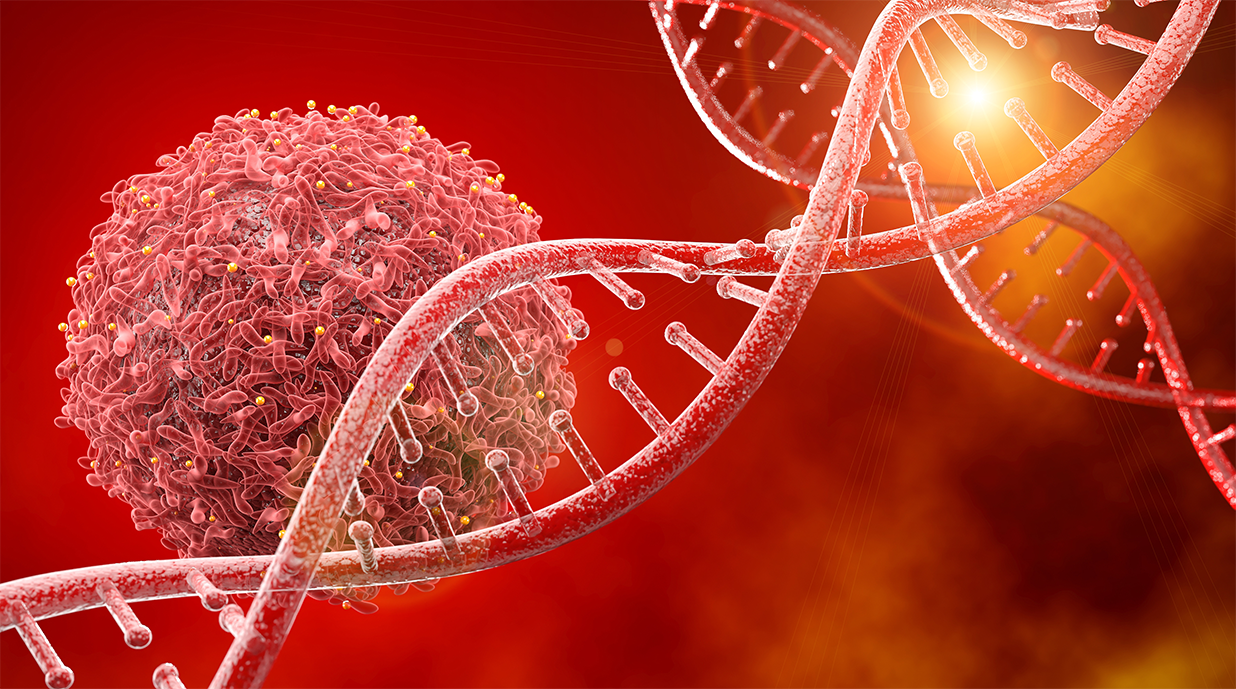
Group head "DNA-encoded chemical libraries / DEL technology"
and Privatdozent at ETH Zurich
Jörg Scheuermann studied Chemistry at the University of Heidelberg (Germany) and at the ETH Zurich (Switzerland). During his Ph.D. studies at the ETH Zurich he worked on the identification of novel binding molecules to markers of angiogenesis. Since 2002, together with Dario Neri, he developed DNA-encoded library technology in different implementations. He has published 62 peer-reviewed articles on DEL technology and wrote his habilitation on "DNA-Encoded Chemical Library Technology for Drug Discovery". He is organizer of the "International Symposium on DNA-Encoded Chemical Libraries", a yearly alternating event between ETH Zurich/Switzerland, Boston/US and China. He is Principal Investigator at ETH Zurich, heading a group of five PhD students and one Postdoc. His research interests are the further development of DEL






